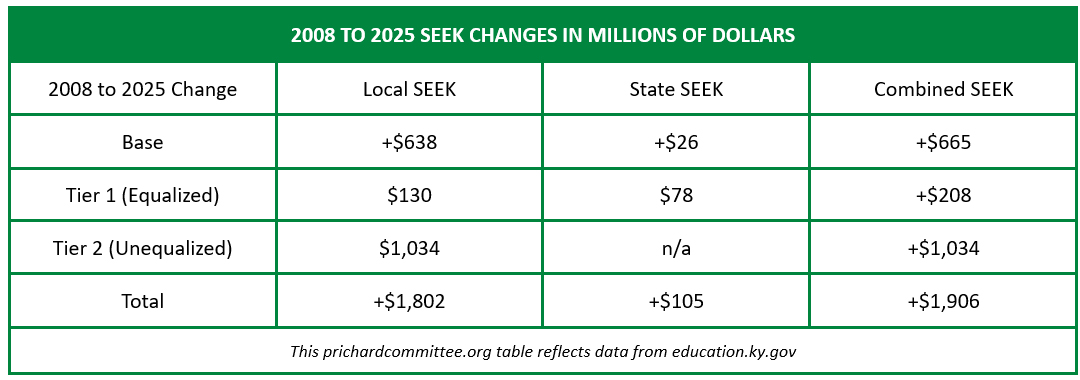At a time when we need more students succeeding in postsecondary, affordability trends are not promising. Rising tuition prices, declining state support for higher education, increasing student debt levels, growing negative public perceptions of college cost and value, and stagnant wage growth are threatening to erode college access, particularly for lower-income students, part-time learners, and working adults. Kentucky must build a shared understanding of what affordability means, its impact, and the challenges facing students, families, institutions, and policymakers as Kentuckians navigate paying for postsecondary education. This critical step will help policymakers guide state investment decisions and students and families better understand the possible pathways to achieve a degree or credential.
Access to affordable, high-quality postsecondary education opportunities is a must for Kentucky to meet its educational, economic, workforce, and civic potential. Research clearly documents the positive individual and collective benefits of greater educational attainment.
- In Kentucky, the average annual earnings of bachelor’s degree holders are estimated at $42,800 in contrast to $28,300 for those with only a high school diploma. This $14,500 differential represents a 51% earnings premium for those holding a bachelor’s degree.
- The Center for Business and Economic Research at the University of Kentucky has estimated other benefits of greater educational attainment: lower unemployment, less chronic disease, less dependence on public assistance, and greater rates of volunteerism.
- Underscoring these positive impacts is recent research that indicates raising Kentucky’s educational attainment level to the national average would generate $903 million annually in new tax revenue and cost savings. Specifically, the state would realize approximately $500 million in additional income tax receipts, $200 million in Medicaid cost savings, $200 million in other healthcare cost savings, and $3 million in crime-related cost savings.
Kentucky’s Council on Postsecondary Education has set a new attainment goal for 2030, while economic projections suggest that the supply of workers with postsecondary education continues to fall short of the demand for an educated workforce. To reach our goals, we must break down barriers to college access and ensure higher education remains affordable for all citizens.
The big question: How can Kentucky better define postsecondary affordability? Kentucky must pursue answers to this critical issue in order to more effectively coordinate funding, connect key data, and communicate expectations for policymakers, postsecondary institutions, students, and families. In doing so, an affordability framework can be built that:
- Defines affordability goals.
- Determines how to measure affordability.
- Assesses the current state of affordability.
- Develops parameters for students’ share of the cost.
This framework will increase understanding of how various funding sources impact affordability and:
- Align funding to postsecondary institutions, financial aid, and tuition,
- Illustrate the impact of funding policies on all students,
- Support strategic investment and policies to make postsecondary education more affordable, and;
- Communicate expectations for the responsibilities of each stakeholder – the state, institutions, and students.












